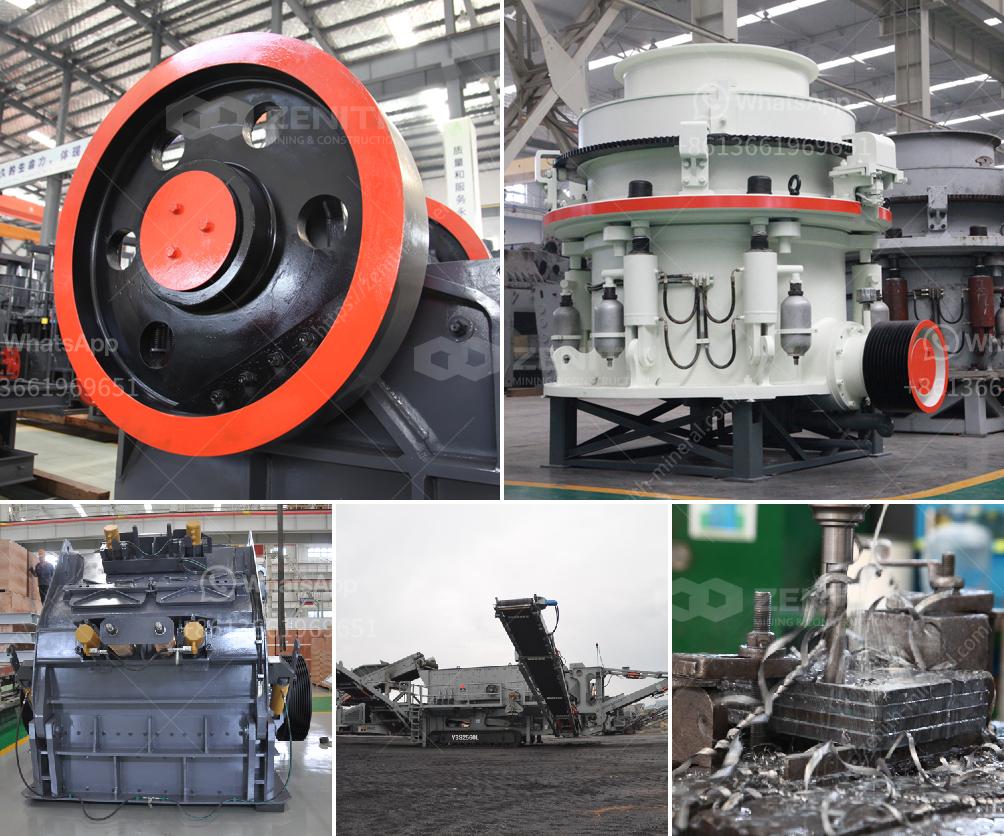A Raymond mill, also known as a Raymond roller mill, is a popular grinding machine for processing non-flammable and non-explosive materials. It is used in various industries including mining, construction, and chemical. Here’s a basic overview of how it works:
Feed Material: The material to be ground is fed into the mill using a vibrating feeder. It enters the grinding chamber through the hopper.
Grinding Action: Inside the grinding chamber, there are rollers and a grinding ring. The material is squeezed and ground by the rollers as it is circulated around the ring. The rollers are mounted on a vertical shaft that is rotated by an electric motor, applying pressure on the material.
Classification: As the material is ground, it is carried upward by air flow from a blower. The ground particles are then classified by a separator. Finer particles pass through while larger particles are returned to the grinding mill for further processing.
Collection: The fine particles that pass through the separator are collected by a cyclone or bag filter system. These systems separate the fine powder from the air, allowing it to be collected and discharged from the bottom of the system.
Air Flow and Exhaust: The air flow, which carries the ground material through the mill, is generated by the blower. Any remaining fine particles are usually captured using an exhaust fan and further filtration systems.
Overall, the efficiency of a Raymond mill comes from its cyclical grinding and classification system, which ensures that the material is ground to the specified fineness and separated effectively from larger particles. Adjustments to the classifier and roller pressure allow for fine-tuning of the product output to meet the requirements of various applications.

